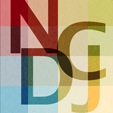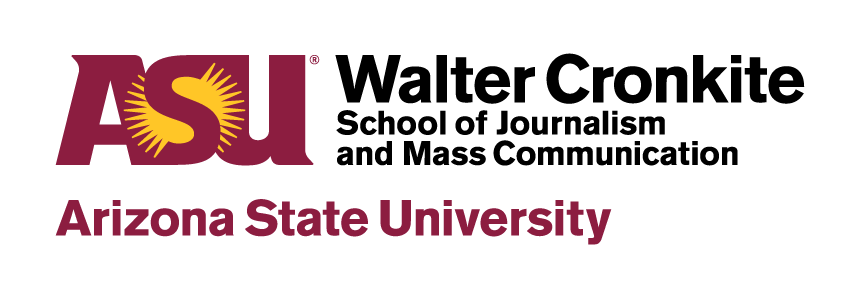A new guide to help journalists around the world better cover disability issues and people with disabilities has been released by the United Nations Educational, Scientific and Cultural Organization (UNESCO).
The manual, as well as a video series, was introduced at an international conference held in conjunction with the Paris 2024 Paralympic Games in France this week.
The National Center on Disability and Journalism at Arizona State University played a key role in drafting the guide, according to Pauline Arrillaga, executive director of the NCDJ, which is part of ASU’s Walter Cronkite School of Journalism and Mass Communication.
“We were brought in more than a year ago to research and draft large portions of the guide because of our expertise in working with journalists to improve reporting on disability,” Arrillaga said.
NCDJ board member Agam Shah, a freelance journalist who previously reported for The Wall Street Journal and who lives with a disability, led the effort.
The guide offers advice on how to represent persons with disabilities in a fair and unbiased manner and make content accessible, especially during conflicts, natural disasters and humanitarian emergencies. It also offers guidance about language choices and how to make workplaces more inclusive, and showcases success stories from media outlets around the world.
UNESCO plans to translate the guide into Arabic, French, Mongolian, Ukrainian and other languages and promote its use via 50 field offices around the world.
UNESCO also produced an accompanying video series about disability equality in the media, hosted by Sophie Morgan, a British TV presenter and disability rights advocate. The 10-episode master class series highlights key aspects of disability representation in the media.
“Given that 16% of the world’s population identifies as having some kind of physical or mental disability, and that media coverage helps shape public perception of disability, the guide is essential for providing accurate, fair and inclusive coverage,” Shah said.
The project was a collaborative effort involving academic researchers, international experts, media professionals, organizations of persons with disabilities and other United Nations entities. The recommendations draw from diverse perspectives, including those of persons with disabilities.
UNESCO is an organization that works to promote peace and security through international cooperation in education, science, culture, communication and information. It was established in 1945 and has 195 members and eight associate members. Headquartered in Paris, France, it has more than 50 field offices around the world.
The NCDJ has been headquartered at the Cronkite School since 2008. It offers training and resources, including a popular disability language style guide, for journalists and other media professionals.

